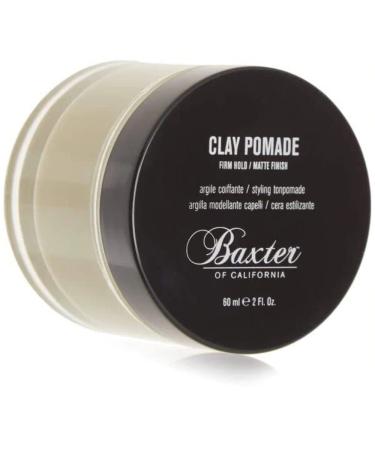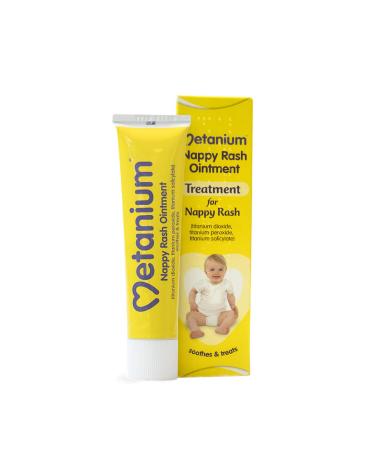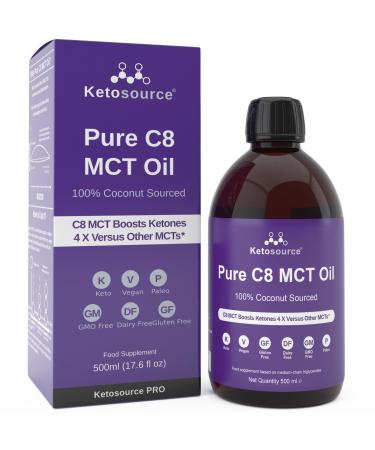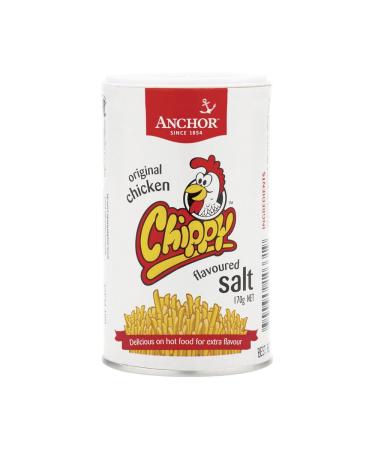Food Additive Name:
Monosodium Glutamate MSG Chinese Salt
Ingredient List:
Monosodium Glutamate
E Code:
E621
Net Quantity:
1 kg
Physical Structure:
Powder
Lot Number:
For backward traceability, the lot numbers of allraw materialsand packaging materials are recorded.
The product lot number is located on the product packaging.
Functional Class of Food Additive:
Flavor Enhancers
Name of the Source from Which the Food Additive Is Obtained:
Corn
Foods to Which the Food Additive Can Be Added:
It is used in authorized finished products in accordance with the regulations in the Turkish Food Codex Food Additives Regulation and vertical communiqués, taking into account the relevant limitations.
When the necessary information cannot be found in the regulations and communiqués, the relevant country's regulatory authorities can be consulted.
Special Storage Use Conditions:
Store in closed bags or tightly closed and appropriately labeled containers in a clean, well-ventilated area, away from moisture, extreme temperatures, and odorous substances. It should not be stored with volatile chemicals, as they may adsorb onto the product. Store at room temperature. When stored in a humid atmosphere or in open bags, the material will be highly susceptible to odor, moisture, and microbial contamination.
Commercial Name and Address of the Food Processor:
Smart Kimya Tic. ve Dan. Ltd. Sti.
Produced in the facilities of Ege Sanayi Sitesi Balatçik Mah. 8901 3 Sokak No:3 3AO Çigli Izmir.
Manufacturer Business Registration Number:
TR-35-K-047442
Origin:
Turkey (The origin of the main ingredient of the food is different from the origin of the final product.)
Instructions for Use:
In accordance with the Turkish Food Codex Food Additives Regulation, the product should be used in accordance with the vertical communiqués regarding the finished product being produced or planned to be produced, taking into account the foods to which it can be added, the conditions of use, maximum quantities, and restrictions.
If use is planned in countries other than Turkey, the legal regulations of the relevant country should be taken into account.
Product performance may vary depending on production conditions, the structure and performance of machinery and equipment, seasonal variables, and other raw materials.
Before determining the optimal amount, trials should be conducted with minimum quantities, taking into account the restrictions specified in the Turkish Food Codex Food Additives Regulation.
Area of Use Purpose of Sale:
For use in food.
Technical Information:
Monosodium glutamate, abbreviated MSG, was first discovered in Japan in the early 1900s and became widely used in Japanese and Chinese cuisine.
MSG, also known by its code E621, is an additive used to enhance flavor in many food products. Other salts formed by glutamic acid have the same effect as MSG.
Glutamate imparts a flavor called "umami" to foods. Scientifically, this taste is considered to be alongside bitter, salty, sour, and sweet.
Glutamate is a protein. It is naturally found in most protein-containing foods (red and white meats, seafood).
Glutamate has a flavor-limiting effect. The amount of glutamate in foods naturally found and in foods used is between 0.1 and 0.8 . This is why it is limiting if used in excess, it does not contribute to the flavor and may even cause harmful effects.
Monosodium glutamate is a salt. Its chemical formula is C5H8NNaO4, and 1 mole of monosodium glutamate weighs 169.111 kg. It melts at 225 C and is highly water-soluble.
MSG is formed by the combination of glutamic acid and sodium. Glutamic acid is one of the 20 amino acids involved in protein synthesis. This means it can be synthesized in our bodies.
It exists in two forms in our bodies: free and bound. The bound form is when it is bound to other amino acids, while the free form is when it exists alone. Dietary glutamate is the most commonly used energy source in the intestines. The intestines also release bound glutamate. The body can synthesize a large portion of this energy source itself. (96 ) About 4-5 of glutamate is obtained from food.
Glutamate is found naturally in meat, fish, vegetables, and grains, in bound form, and in free form in tomatoes, milk, potatoes, soy sauce, and many types of cheese. It is also added to many manufactured foods for its pleasant odor, taste, and flavor-enhancing properties.
The commercial production of monosodium glutamate began in 1909. It was previously produced by hydrolysis, but bacterial fermentation was later used.
The bacterium Corynebacterium Glutamicus is used in this fermentation process, which takes place in a liquid medium containing molasses, starch, or sugar. During fermentation, the bacteria release glutamic acid into the medium. They then undergo classical separation methods. The filtered and purified glutamic acid is converted to monosodium glutamate through neutralization. Following further purification, crystallization, and drying, it turns into a white powder and is ready for use as a flavor enhancer.













